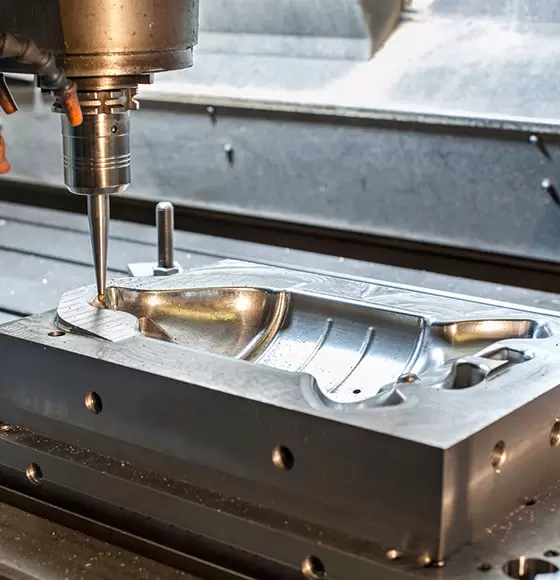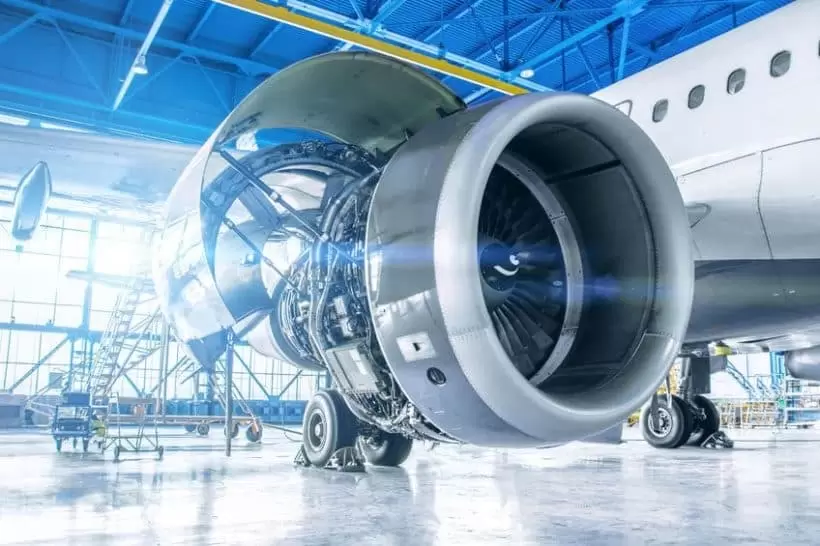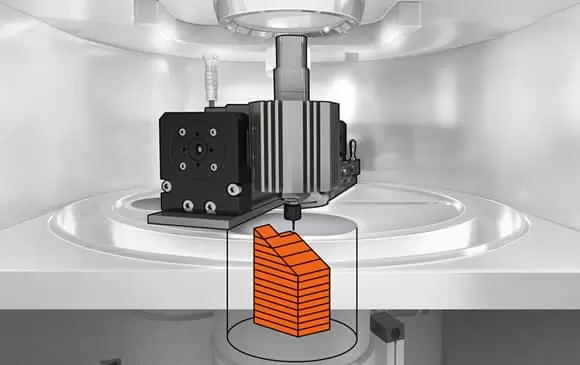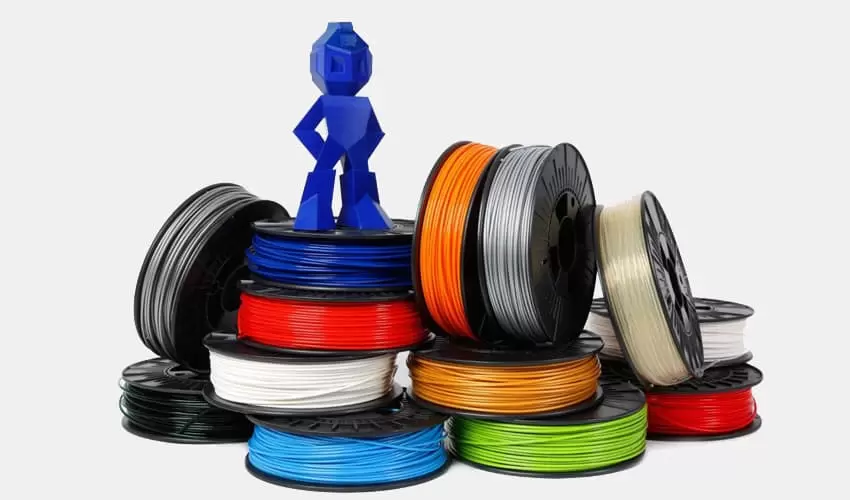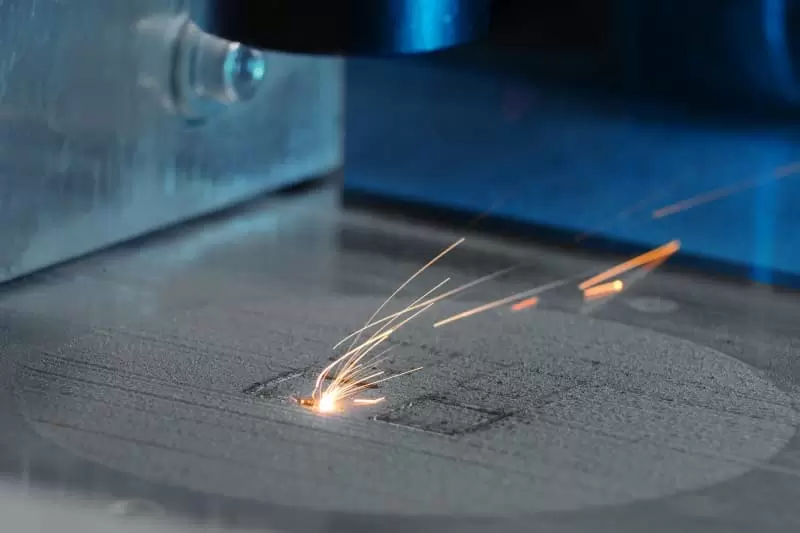Table of Contents:
- Introduction to Die Casting Mold
- Die Casting Mold Design Fundamentals
- Mold Flow Analysis and Simulation for Molds
- Advanced Die Casting Mold Design Techniques
- Die Casting Mold Maintenance and Repair
- Trends in Die Casting Mold Design
- Conclusion
-
1.Introduction to Die Casting Mold
Die casting mold is a critical component that is responsible for producing high-quality metal components with precision, accuracy, and consistency. It plays a vital role in the die casting process by creating cavities where liquid metal can flow and form into the desired shape.
A brief history of the die casting mold dates back to the 1800s when the first machine for casting metal was invented in the United States. From then on, the method of producing molds has been constantly evolving, and today, they are sophisticated machines that require skill and expertise in design and manufacturing.
-
2.Die Casting Mold Design Fundamentals
Designing a die casting mold requires an understanding of the key design considerations, such as the operating temperature, pressure, and alloy properties. The molds are designed to withstand high temperatures and pressures, corrosion, and wear, with consideration that repeated use of the molds may lead to fatigue, wear, and ultimately failure.
Common features of die casting molds include the sprue, runner, gate, casting cavity, and ejector system. The sprue is where the molten metal is poured, the runner is a channel that delivers the material to the casting cavity. The casting cavity is designed to create the desired shape and is where the metal solidifies. The ejector system is designed to push the casting out of the mold after the cooling process has ended.
Die casting mold design optimization results from decades of practical studies and research, aiming to improve the production process’s accuracy and speed, making it cost-effective and user-friendly. The optimization process involves finding a balance between the mold’s features, the production processes, material properties, and cost-effectiveness.
-
3.Mold Flow Analysis and Simulation for Molds
Mold flow analysis and simulation play a significant role in the die casting mold design and manufacturing process. Mold flow simulation is a technique used in the design process to predict the flow of molten metals in the mold, identify potential defects, improve cycle time and reduce wastage.
The simulation process involves the use of specialized software that utilizes numerical analysis techniques to provide several visual representations, such as temperature distribution, mold filling behavior, and pressure profiles, enabling an overview of how the metal flows to the entire mold, highlighting potential elements that may lead to a malfunction.
Simulations are beneficial in mitigating issues and reducing the need for physical prototypes, resulting in enhanced precision, speed, and a reduction in overall cost.
-
4.Advanced Die Casting Mold Design Techniques
Advanced die casting mold design techniques are utilized to create high-quality, efficient components, offering flexibility, and versatility. Techniques such as multi-cavity and family molds, hybrid and overmolds, hot runner systems, and in-mold decoration techniques enable complex shapes, live moving components, functional performance, visual aesthetic, and optimal production.
Multi-cavity molds produce several copies of components, reducing the production time and material waste while creating identical parts. Family molds are optimized to create multiple parts with similar features in a single setup, reducing setup time and maintenance costs.
Hybrid and overmolds merge two different materials or components providing designers with a wider range of components with diverse features, benefits, and properties, creating complex components or enhancing plastic components like adding a metallic layer or a reinforcing rib.
Hot runner systems deliver presized channels of liquid metal into the cavity, increasing accuracy and reducing defects, thereby allowing increasing precision and reliability.
In-mold decoration techniques are introduced into the mold during production, which helps to develop designs, feature textures or finishes, and embed logos or information directly onto the component’s surface.
If you need about Metal Die Casting Services,You can click on the V1 Prototype website to find it:Provide Aluminum And Zinc Metal Alloys Die Casting Processing In Many Industries, Product Structure Optimization Design, Mold Optimization Design, Product Surface Technology, Etc
-
5.Die Casting Mold Maintenance and Repair
Proper mold maintenance ensures optimal mold function, longer mold lifespan, and consistency in production. Regular maintenance allows the production team to detect and diagnose issues before they become catastrophic, reducing downtime, increases safety, and reduces overall costs. Several maintenance practices can be employed to ensure a higher standard of efficiency, including cleaning the mold, replacing measuring tools, and conducting regular inspections.
Die casting molds are susceptible to general wear and tear, including cracking bases or plates, flash, subgates, and so on. Periodic repairs are necessary to ensure the molds are continually functional and producing high-quality components. Repairs may involve welding, grinding, polishing, milling, or coating, depending on the mold’s condition and specifications.
-
6.Trends in Die Casting Mold Design
Die casting mold design is an ever-changing industry that continues to incorporate new technologies, materials, and process optimization. Modular mold design, advanced manufacturing techniques, smart systems, and artificial intelligence are the latest trends defining the industry.
Modular mold design involves the use of interchangeable components that enhance versatility, offering cost-effective production with flexible solutions.
Advanced manufacturing techniques allow production to optimize functionality, reduce waste, increase productivity, and sustainability, resulting in the production of better quality parts more efficiently.
Smart systems and AI play an increasingly prominent role in the die casting industry, improving accuracy, speed, performance, and reducing the need for manual operation.
-
7.Conclusion
Die casting mold design, maintenance, and optimization are essential aspects of the manufacturing process that impact the quality, efficiency, and cost-effectiveness of component production. In this article, we have covered various aspects of die casting mold design, including the fundamentals of mold design, mold flow analysis and simulation, advanced mold design techniques, mold maintenance and repair, and relevant industrial trends.
Optimizing the die casting mold design and manufacturing process utilizes technology, science, and design optimization to improve efficiency, reduce costs, increase production speed, and ensure the optimal quality of components. Regular maintenance of die casting molds enhances the lifespan of the molds, while preventing downtime, unwanted wear, and damage.
The die casting industry is continually advancing, with a growing focus on new materials and technologies, resulting in more sustainable, reliable, and efficient production methods. Industry trends such as modular mold design, smart systems, and AI, and advanced manufacturing techniques are changing the way die casting molds are designed, manufactured, and utilized, resulting in a more competitive and sustainable manufacturing industry.
In conclusion, designing, maintaining, and optimizing die casting molds requires careful consideration and attention to detail, combining expertise, knowledge, and innovative thinking. Optimization and proper maintenance reduce downtime, optimize speed, accuracy and efficiency, conserve cost, and assure high-quality components. As technology advances, the demand for innovation and sustainability continues to rise, and there is undoubtedly a bright future on the horizon for die casting mold design and maintenance.
